As I write this, Gabriel Tan has reached Porto. It is the height of the Coronavirus pandemic — an uncertain time for travel — but Tan has to tend to business. A trip to the city in Portugal in 2016 birthed Origin, a craft brand aimed at invigorating Porto’s time-honed artisanal industries with modern designs by an array of international collaborators such as Pauline Deltour, Norm Studios, and Keiji Takeuchi.
“I founded Origin because I felt disappointed at seeing so many brands making products in one country and branding with the culture of another. I wanted to send an honest message to people; to present the stories of where the products are made. Core to my creative direction is helping a brand discover its soul,” says Tan. His pending relocation reflects his dedication, although he will return to Singapore quarterly to manage local jobs.
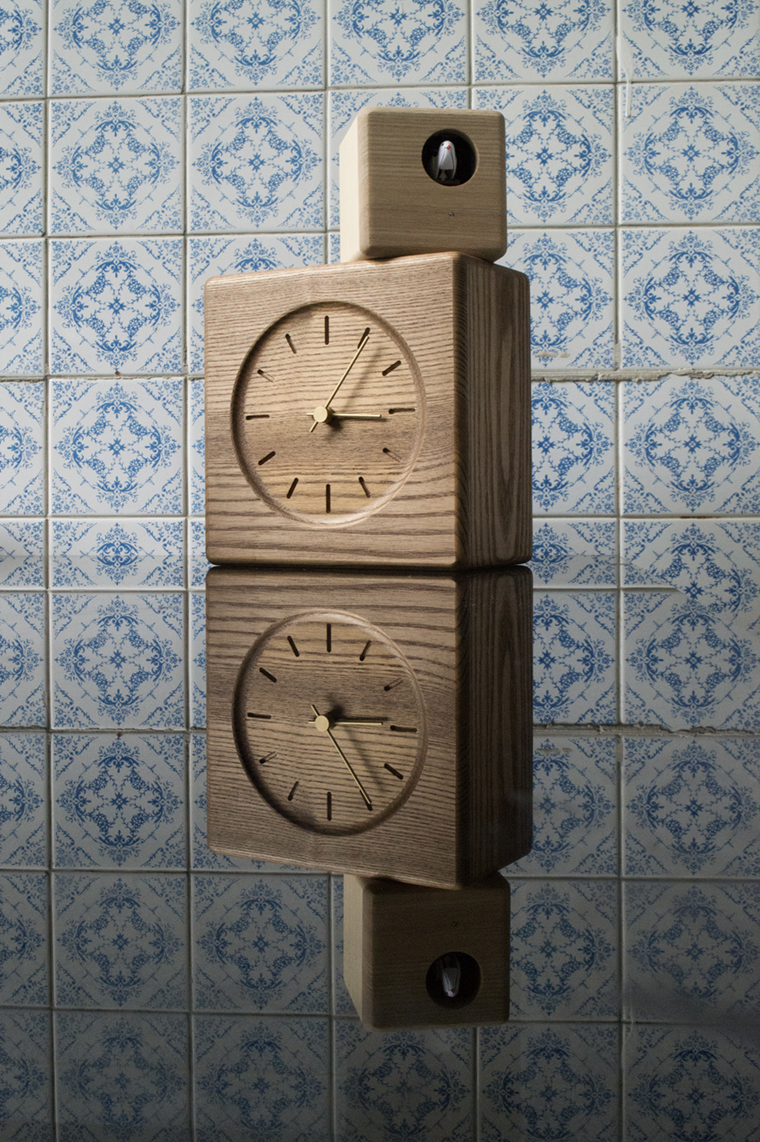
At Origin, artisans are as zealously promoted as designers, signing off on their creations. Deltour even named her circular chestnut coat peg after master woodturner Adão Gomes, who hand-turns, chisels, and sands them in an atelier next to his house. By rooting the brand with a robust contextual identity and honouring its makers, Tan helps to sustain these workshops; it is not possible that they are made elsewhere.
Harnessing local materials and techniques strengthens this narrative. It is thus important that Tan brings collaborators to the source, where meals and conversation together with the artisans deepen understanding. “To me, design is a dynamically evolving process that is constantly achieving new paradigms, rather than a linear process to get to a predictable result. I don’t start with a brief. Rather, I tell the designers about the brand’s vision, focusing on tactility and raising the bar of handmade objects to the same level of reverence as contemporary design objects,” says Tan, who sees his role as setting the framework of a tale whose authors are the designers and makers.
He applies this modus operandi to other brands he has aided in ‘discovering their souls’. Instead of merely designing products for the Singaporean consumer, he re-focused Japanese furniture manufacturers Legatec and Hirata Chair to their heritage with Ariake, an international brand shaped by a distinct Japanese spirit and the minds of Tan’s global network of contemporary designers.
“Design is inherently connected to culture. A piece of furniture from Japan is also a cultural object. For Ariake, we developed techniques to use Sumi ink and Japanese indigo to colour wood furniture like the Paperwood tables by Anderssen & Voll, and Zoë Mowat’s Aizome cabinet,” he says. The products’ quiet composition reflects its locale’s serenity that captivated Tan when he first visited Saga. “Nearby is the Ariake Sea, which is dark and fascinating because of the endless black mudflats. The people buying the furniture may not have been there, but we can try to let them imagine they have through the stories we tell with film and images,” explains Tan.
Thus, marketing collateral feature scenic landscapes, the steady but marked hands of artisans and delicate furniture in diaphanously lit settings. They showcase Tan’s poetic eye, which has come to define his design language. An accomplished designer in his own right, Tan has created subtle, graceful, and purposeful products for esteemed brands like Menu, Abstracta, Ishinomaki Lab, Blå Station, and Design Within Reach under his eponymous design studio.
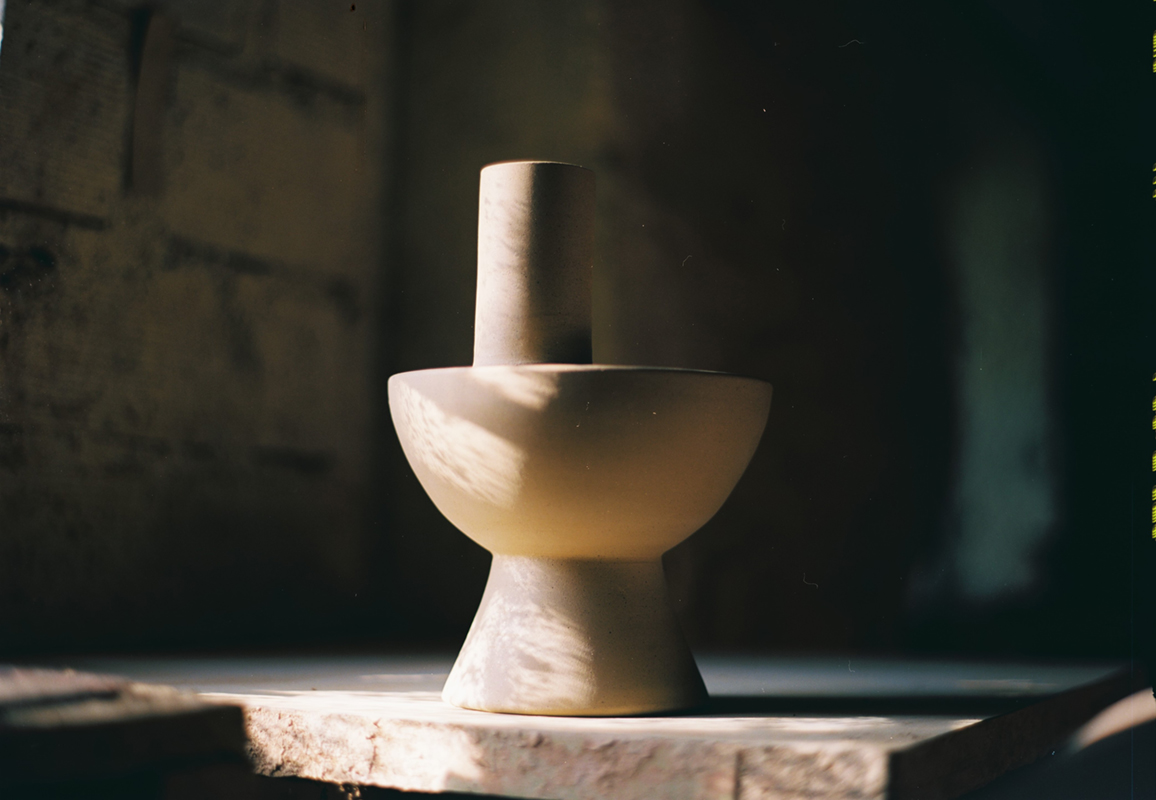
He conceived the functionally sculptural family of Charred Vases for Origins. For Ariake, the anthropomorphic Sky Ladder and Rikyu media console, an abstraction of traditional Japanese houses in miniature. His Fin door handle for Singapore-based Turn Handles, another company he helped reinvent as creative director, bridges poetry and strength alongside those of accomplished designers Jin Kuramoto, Norm Architects, and Snøhetta. Like his work, Tan is unpretentious, thoughtful, and void of any designer flourish; being home in time for family dinners is prioritised over fame.
Life lessons gleaned from mentors in the school ground and inspire him. For instance, professor Christian Boucharenc at the National University of Singapore’s Industrial Design course seeded his wanderlust and relentless hunger for seeking out old and new ways of making. At the École cantonale d’art de Lausanne (ECAL) in Switzerland, British designer Edward Barber taught him the importance of building connections.
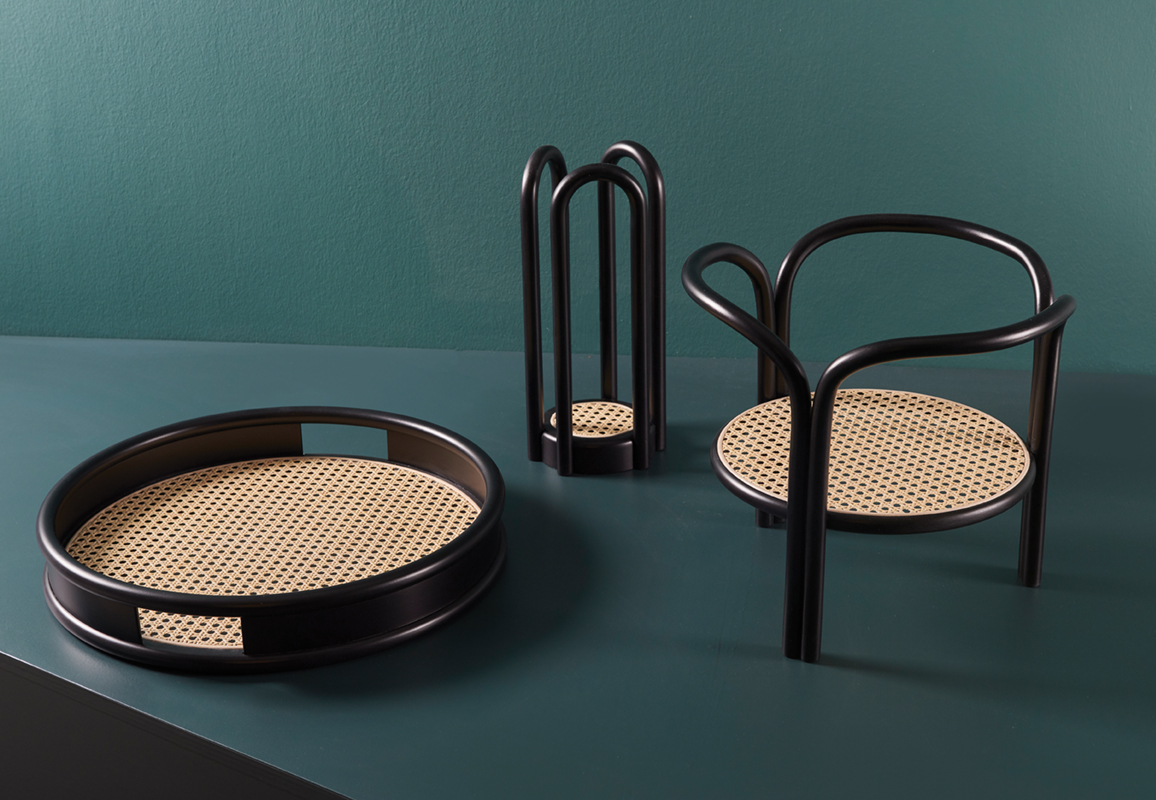
“I entered design school without an art background, so I used to doubt my drawing skills. He saw my tiny sketches and encouraged me to sketch with more confidence because design was not about how well one could sketch but how clearly one communicated. From that day, I was not concerned about how beautiful my sketches looked,” Tan relates. A lesson held in a pub, though unorthodox, proved memorable. “I try to bring a bit of this surprise into my design office when I am conducting a workshop,” he shares.
Tan’s knack for collaboration was mastered over nine years of working with three friends – two from Europe — under Outofstock Design fresh from school. “I think it was a great experience to be able to choose our colleagues and form our little team to take on the design world [as young designers] with so many ideals and dreams,” says Tan. I first met him at one of these explorations, The Weight of Blue. A week with a 450-year-old glass manufacturer in Bavaria, Germany birthed sublime glassware in gradations of clear and cobalt that earned a feature in famed Wallpaper* magazine, among others.
In 2016, I visited his studio in a one-storey house nestled in the sleepy Serangoon neighbourhood next to his mother’s house. Here, tactile experiments added to the nuanced backdrop of vintage terrazzo floors and cosy doorways. Tan had entered the next chapter of his design journey after the Outofstock team diverged to individual passions. It coincided with a new phase in his life as a young father. We had a breakfast of porridge and side dishes next door prepared by his mother, who was babysitting.
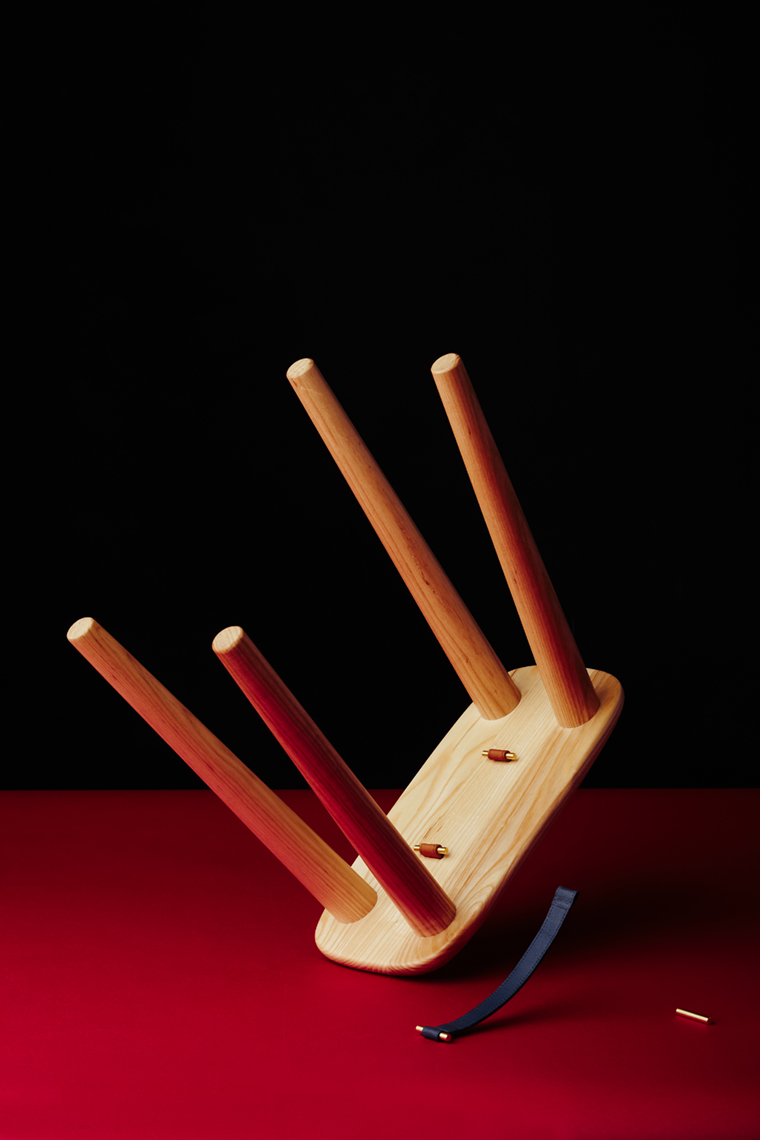
Fast-forward to 2020, and one of his current projects includes re-designing his mother’s home. It adds to his increasing portfolio of spatial projects, which embody the same material honesty and artful pragmatism as his products. They are perfect testbeds for new furniture Tan designs when he cannot find suitable pieces, as well as fuel for new ways of thinking. One of them includes spatial versatility such as the home office and restaurant as bookshop — a relevant topic today where more people are working from home, and social distancing is a norm in today’s offices.
“Lifestyles and priorities are changing after months in lockdown. Analog in-person experiences could be appreciated even more with increasingly digitalised lives,” Tan contemplates on the pandemic’s provision for pause and discussion. “In the past, the interiors industry was more about aesthetic movements and era revivals, but COVID-19 and the threat of future pandemics are forcing companies and designers to rethink, challenge, and evolve existing designs to be equipped to handle this new world. Much like how the Modernism movement post-WWII was a period of creative energy and innovation, this could be the next reset.”








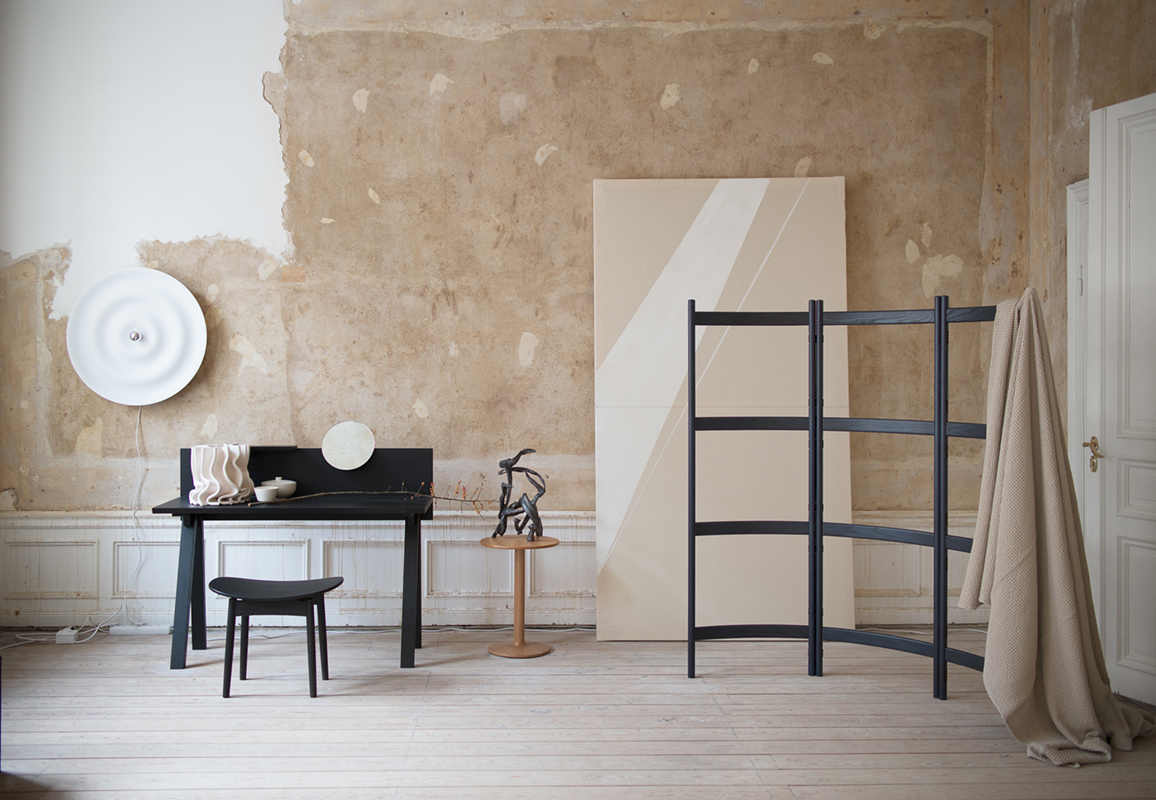
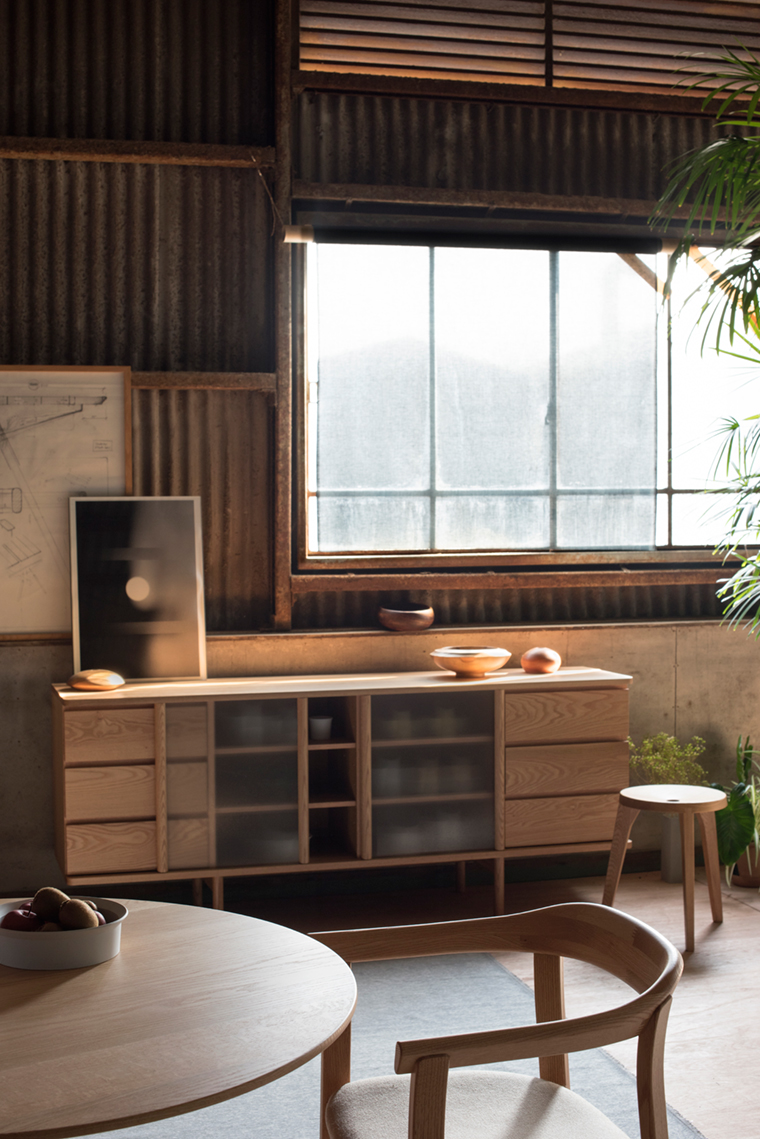
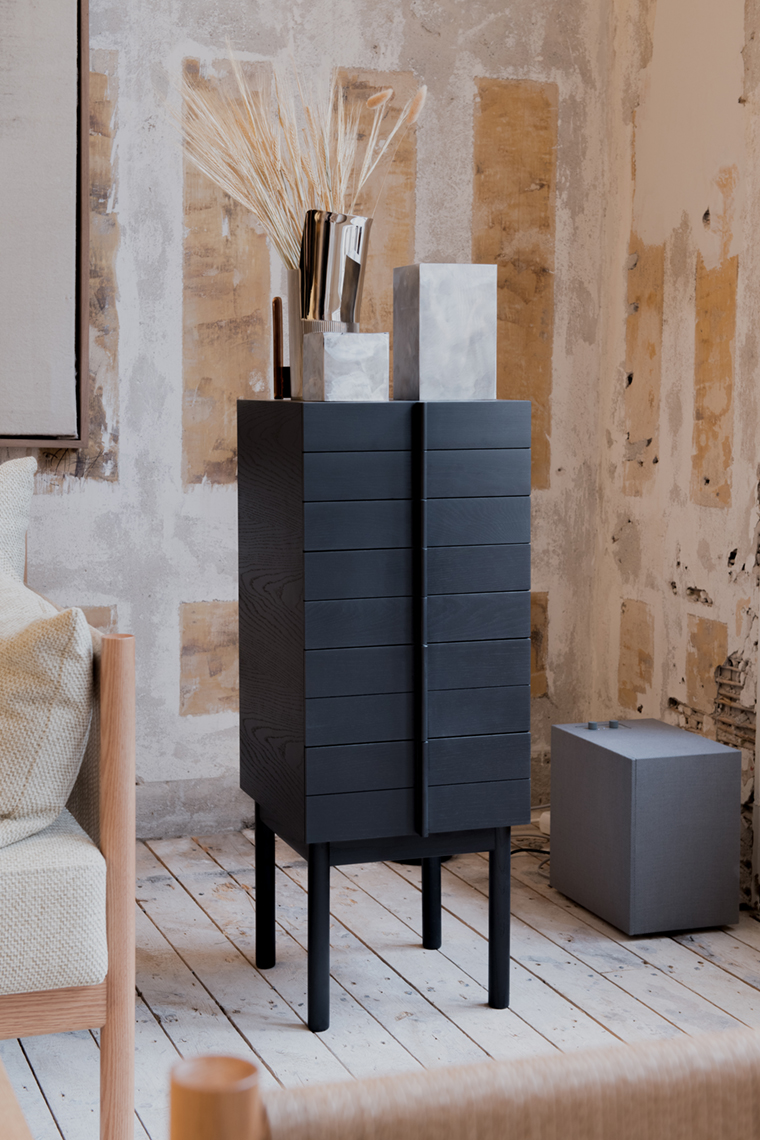
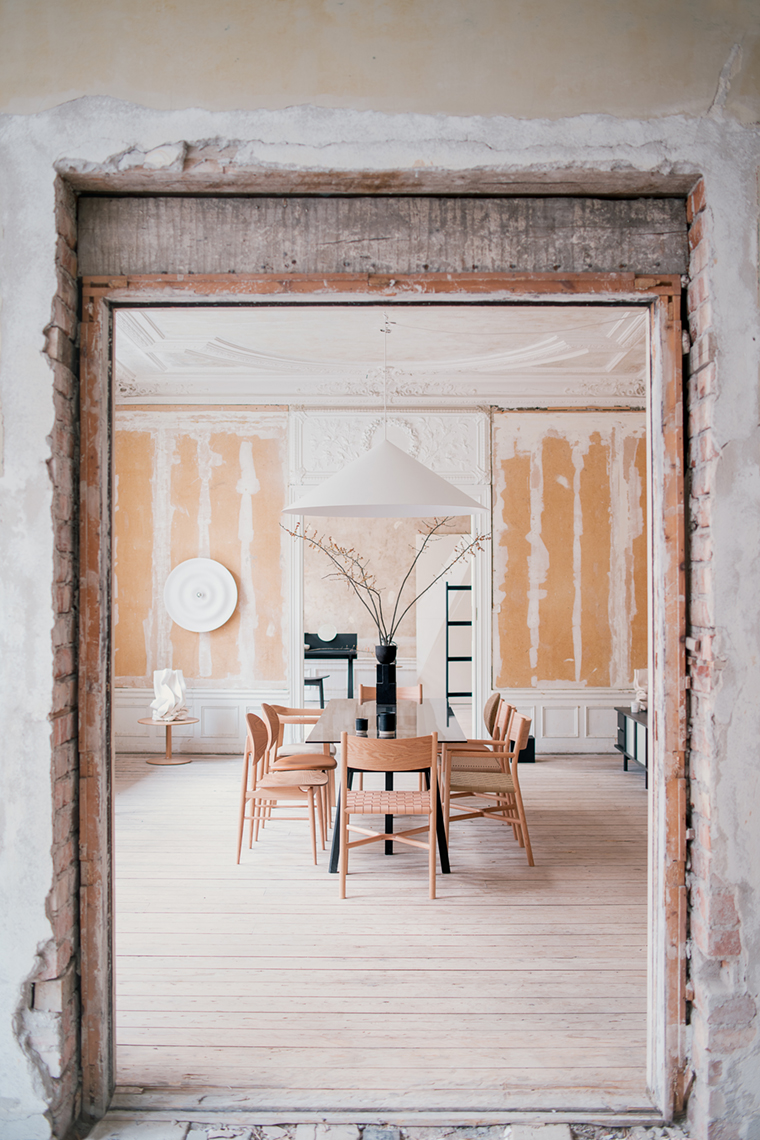







-NAC Facade L2.jpg&w=500&h=550&crop-to-fit)
 Back
Back
